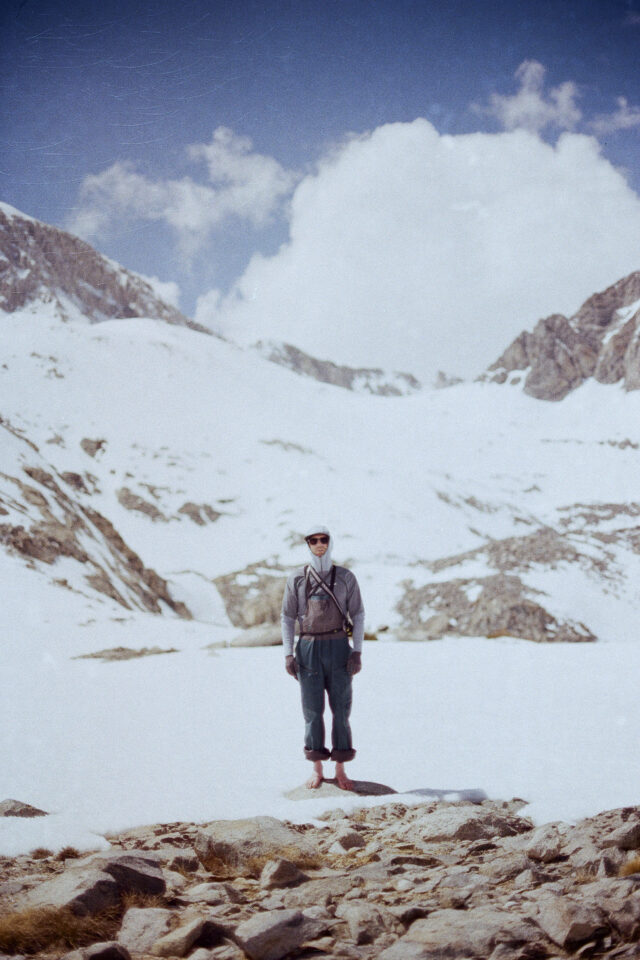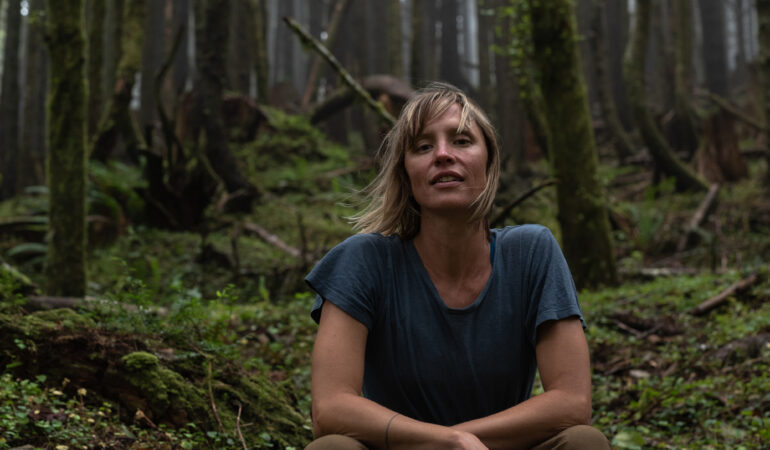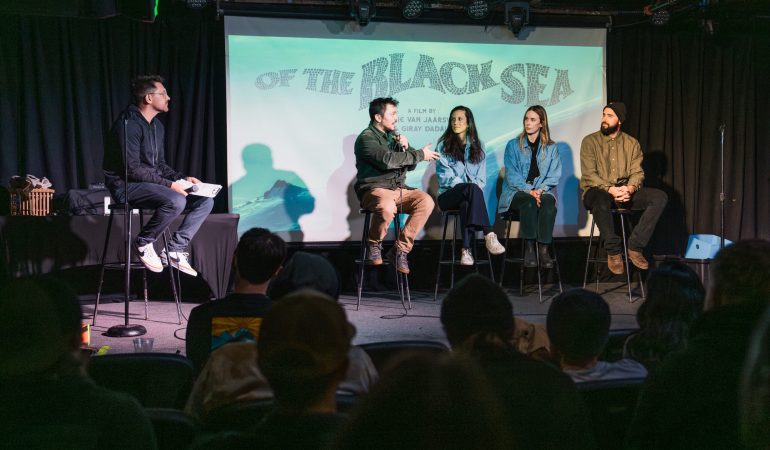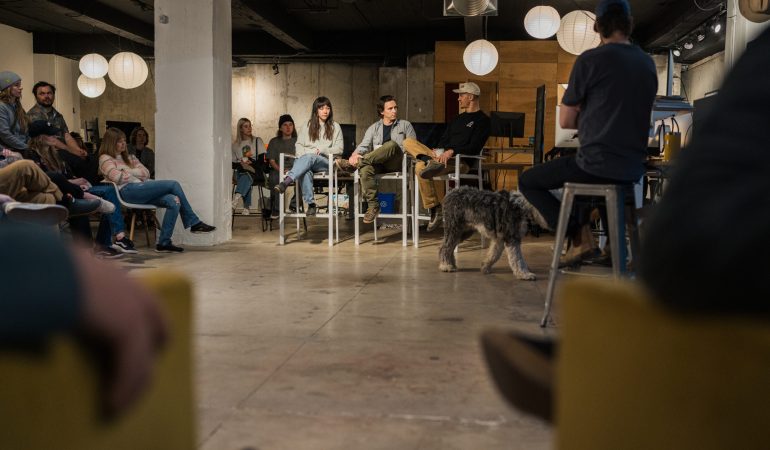“You never know how you’re going to end up with your dream job. After graduating from Colorado College, I only knew I wanted to go rock climbing. I was living out of my ’99 Honda Civic and after about a year (slow learner here) I figured out that being on the road wasn’t as glamorous or satisfying as I thought it would be—I found myself really stressed by a lack of purpose—so I got serious about applying to grad school.
I took the LSAT [the law school entrance exam]. But I really didn’t want to be a lawyer. I told myself that if I didn’t get into any journalism programs, I’d go to law school. That made me work extra hard on my J-school applications, and I think that’s what got me in. It’s good to have a backup plan—especially if it’s one that you don’t actually want to do.
I grew up on magazines and thought I wanted to write for them, but as I submitted my application to the Journalism School at Columbia University, which I did via pirated internet from a fast food parking lot in Lafayette, Georgia, below a bouldering area known as Rocktown, I checked a box that said “new media,” which turned out to be essentially video journalism. So that’s what I ended up studying.
You find mentors in unexpected places. Living in New York for grad school, I was climbing at the Gunks most weekends. Through that crowd I met Josh Lowell from Big Up and Reel Rock, a production company that mostly makes climbing movies. He was looking for somebody to help produce and edit in Westchester and I signed up. It was bootcamp in this weird dollhouse looking outbuilding in the woods. Josh is super talented and very demanding. He taught me how to put films together for this audience. I feel very lucky to have met him.”






